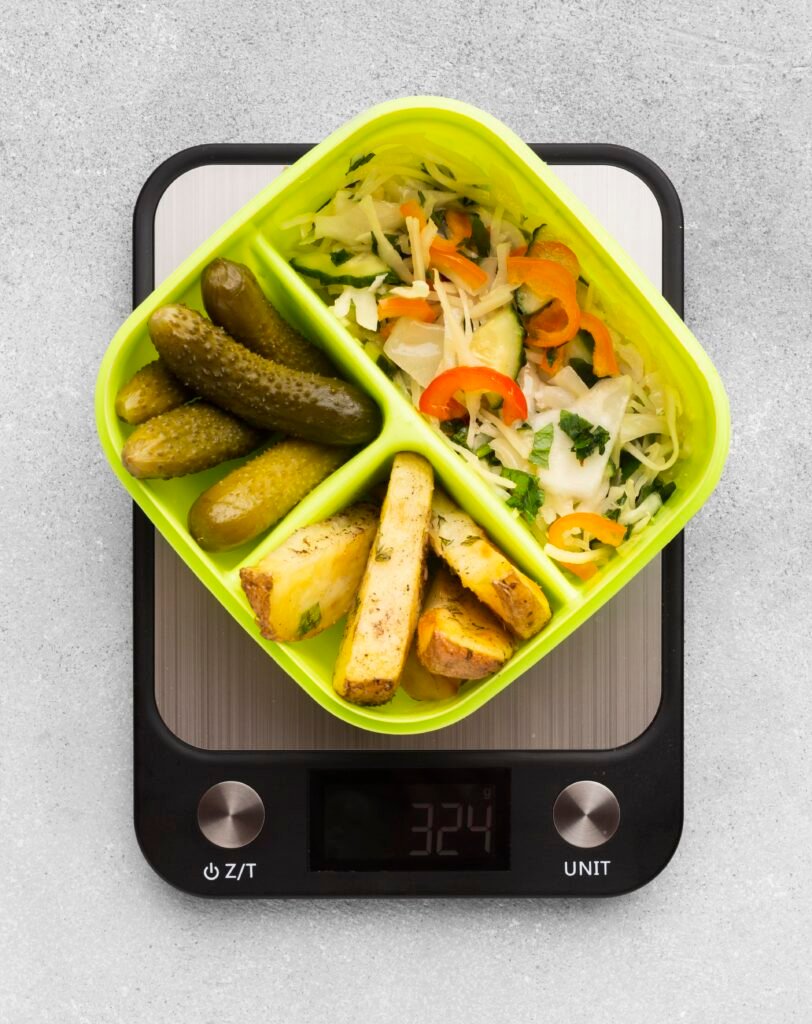Calorie Calculator

This calorie calculator is premised on a number of equations that project the calories required to sustain body weight, and can be helpful for comprehending energy expenditure. The Harris-Benedict Equation, originally created to compute Basal Metabolic Rate (BMR), has since been updated. Initially used extensively, it was then revised in 1984 and subsequently replaced in 1990 by the Mifflin-St Jeor Equation, which is said to be more precise. The Katch-McArdle Formula is slightly different in that it estimates Resting Daily Energy Expenditure (RDEE) by using lean body mass, in contrast with the Mifflin-St Jeor and Harris-Benedict equations. Whereas the Mifflin-St Jeor Equation is considered the most accurate by most for BMR, the Katch-McArdle Formula is more accurate for individuals who are lean and have a knowledge of their body fat percentage.
Here are the three equations employed in the calculator:
Mifflin-St Jeor Equation:
For men:
BMR = 10W + 6.25H – 5A + 5
For women:
BMR = 10W + 6.25H – 5A – 161
Revised Harris-Benedict Equation:
For men:
BMR = 13.397W + 4.799H – 5.677A + 88.362
For women:
BMR = 9.247W + 3.098H – 4.330A + 447.593
Katch-McArdle Formula:
BMR = 370 + 21.6(1 – F)W
Where:
W is body weight in kilograms
H is height in centimeters
A is age in years
F is body fat percentage
These formulas provide an estimate of the number of calories burned by the body at rest to keep weight level. This number can then be multiplied by an activity factor (between 1.2 and 1.95) based on an individual’s typical exercise habit. For losing weight, it’s generally suggested to cut calorie intake by 500 calories daily, which theoretically translates into 1 pound of fat per week (since 1 pound is approximately 3500 calories). For example, if one needs 2500 calories daily for the sake of weight maintenance, 2000 calories per day for a week would translate into a 3500 calorie deficit, leading to the loss of 1 pound.
Still, losing weight too rapidly by over 1000 calories per day may not be healthy, as it can lead to muscle loss and decreased BMR. It can cause dehydration and other complications, especially while exercising vigorously. Conversely, a slow, consistent way of weight loss through diet and exercise is mostly a healthier and more long-term approach.
Calorie Counting for Weight Loss
To apply calorie counting to weight loss, do the following:
Determine your BMR from one of the formulas above. If you have your body fat percentage, the Katch-McArdle Formula will be more precise.
- Determine your weight reduction goals. Lowering daily caloric consumption by 500 calories theoretically has the potential to result in losing 1 pound per week. Cutting 1000 calories per day has the potential to result in losing 2 pounds per week, but this should be under the supervision of a doctor.
- Monitor your calories. You may use apps or websites to monitor your calorie intake and progress. Apps typically contain databases with calorie values for common foods, which are easier to track your diet by using.
- Track your progress. Measure your weight loss over periods of time, and not necessarily day by day, since weight can fluctuate from day to day because of hydration or time of day. Consistency and periodic tracking will provide a clearer picture of your progress.
- Calorie counting can assist in heightening awareness of food choices, including understanding that a small serving of chips may carry significantly more calories than you would anticipate. Such awareness assists in making improved choices about food selection, portion size, and finally your overall health.
Zigzag Calorie Cycling
Zigzag calorie cycling is a technique that prevents the body from adjusting to a lower calorie diet, which can cause weight loss to plateau. The theory is to switch between high-calorie and low-calorie days without altering overall weekly calorie consumption. Let’s say your weekly calorie requirement is 14,000; you might eat 2300 calories on certain days and 1775 on others. This method keeps the metabolism guessing, preventing adaptation to a consistent lower-calorie diet.
There are no set guidelines for how to zigzag between high and low-calorie days, but a variation of about 200-300 calories from day to day is effective for most individuals. For an individual with a greater activity level, this variation may need to be greater. A zigzag plan can also provide flexibility to indulge in higher-calorie foods on some days, like at social functions, while maintaining a calorie deficit within the week.
How Many Calories Do You Need?
The amount of calories an individual needs varies with age, weight, height, sex, activity, and overall health. Adult men generally need between 2000 to 3000 calories daily, whereas adult women require 1600 to 2400 calories, depending on their activity level.
Overeating can lead to health problems since the body will concentrate energy on basic functions alone. It’s important not to go below the minimum daily allowance of 1200 calories for women and 1500 for men, except under doctor’s care.
Types of Calories and Their Effect
Calories in food are derived mainly from fats, proteins, carbohydrates, and alcohol. All of these have varying impacts on the body. For instance, those that are more difficult to digest, like fruits and vegetables, take more energy to digest and will leave you full longer. On the other hand, heavily processed foods such as sweets and white grains give empty calories—having lots of energy but little nutrition.
High-calorie foods give a high amount of energy in proportion to their weight, including oils, nuts, and avocados. Low-calorie foods, including vegetables and fruits, are less calorie-dense but give necessary nutrients. Empty calories are derived from foods that contain high amounts of sugar or unhealthy fats, including sodas, candies, and fast foods. While reducing calories is essential in weight loss, it is equally essential that one pay attention to the nutritional content of foods taken for maintaining general health.
Sample 1200, 1500, and 2000 Calorie Diet Meal Plans
| Meal | 1200 Calorie Plan | 1500 Calorie Plan | 2000 Calorie Plan |
| Breakfast | All-bran cereal (125) Milk (50) Banana (90) Granola (120) | Greek yogurt (120) Blueberries (40) Buttered toast (150) Egg(80) | Greek yogurt (120) Almonds (170) Banana(900 Almonds (170) |
| Snack | Cucumber (30) Avocado dip (50) | Greek yogurt (120) Blueberries (40) | Blueberries (40) Orange (70) |
| Lunch | Grilled cheese (300) Salad(50) | Grilled chicken (225) Grilled vegetables (125) | Grilled chicken (225) Grilled vegetables (125) |
| Snack | Walnuts (100) | Apple (75) | Peanut Butter (75) |
| Dinner | Grilled chicken (200) Brussels sprouts (100) Quinoa(105) | Steak (375) Mashed potatoes (150) Asparagus (75) | Grilled salmon (225) Brown rice (175) Green beans (100) |
Calories Burned from Common Activities
- Running (9-minute mile) burns approximately 624 calories per hour for a 125-pound individual, 773 for a 155-pound individual, and 923 for a 185-pound individual.
- This data can assist in balancing caloric intake with calories expended to promote weight reduction.
Conclusion
Selecting a calorie counting method or strategy, such as zigzag calorie cycling, is based on lifestyle and personal choice. The idea is to find a plan that you can stick to in the long term but which still allows your body to receive the nutrients it requires. It’s important to lose weight in a sustainable, balanced manner for the sake of long-term health.
